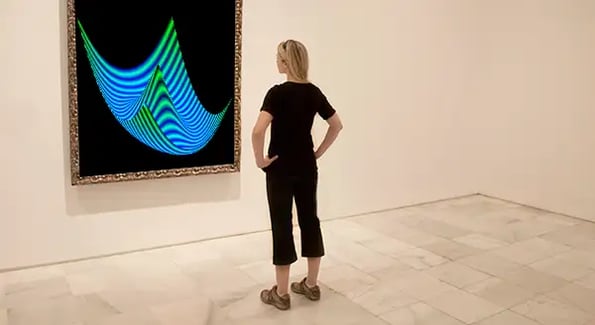Think about a typical museum — you buy a ticket, then look at whatever its curators put on display. Often, that’s great.

But Arkive, a startup that recently raised $9.7m, is a “decentralized” museum.
That might sound like some kind of NFT gallery in Roblox, but, while acquisitions are recorded on blockchain, they’re real-world objects.
Arkive’s members are its curators…
… voting on both what to acquire and where to display it.
That’s because Arkive has no physical space. Instead, it has a kind of reverse-Indiana Jones approach where not everything belongs in a museum. Why?
- Even large museums are limited by space, typically displaying just 5% of their collections at any given time.
- There’s a push to not just diversify, but to also “decolonize” museums. Some items were acquired (or looted) through imperialism, far removed from the cultures they represent.
“We would place [an acquisition] where it originated or where the artist created it or where it can be viewed by the most people,” founder Tom McLeod told The Hustle.
So far…
… Arkive has made five eclectic acquisitions with plans for 32 by the end of 2023:
- The 1954 patent for the ENIAC (Electronic Numerical Integrator and Computer)
- Lynn Hershman Leeson’s 1985 photograph “Seduction”
- Pat Gorman’s 1984 prototype of the MTV Video Music Awards Moonman
- Aria Dean’s 2017 video essay, “Eulogy for a Black Mass”
- Three cloth fans used in Madonna’s 1990 “Vogue” performance
They’re currently on tour, with permanent homes pending.
Arkive’s membership is currently free…
… though paid tiers will eventually come into play.
But there will be free ways to participate, including via an upcoming app that will let travelers know where they can see Arkive pieces near them.




